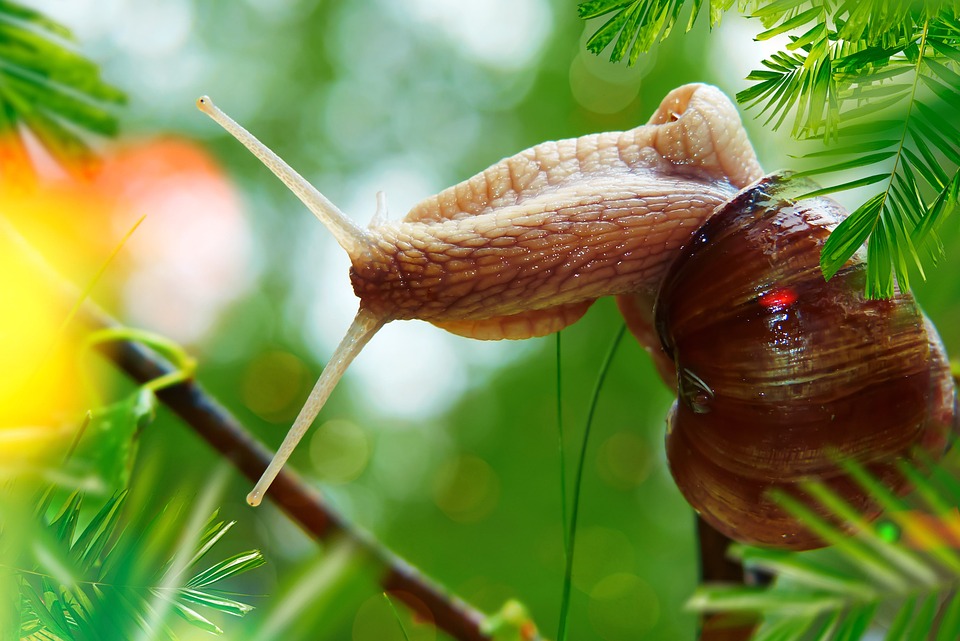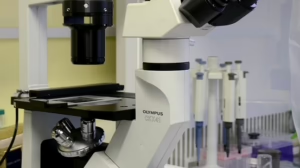Decoding Plant Genomes: The Future of Genetic Engineering in Horticulture
The 21st century has ushered in a new era in agriculture and horticulture, where decoding plant genomes is revolutionizing our understanding and manipulation of plant biology. As the global population continues to swell, the demand for sustainable food production has never been more pressing. Genetic engineering has emerged as a promising solution, with advancements in genome sequencing technology offering unprecedented opportunities to optimize crop traits and improve horticultural practices.
Understanding Plant Genomes
Every plant’s genome contains the complete set of genetic material necessary for its growth, development, and response to environmental factors. Advances in genomics, such as Next-Generation Sequencing (NGS), allow scientists to decode these complex genomes quickly and at a lower cost than ever before. This knowledge enables researchers to identify genes responsible for critical traits such as drought resistance, disease resistance, and yield.
The Role of Genetic Engineering
Genetic engineering, or biotechnology, refers to the direct manipulation of an organism’s DNA to achieve desired characteristics. In horticulture, this can manifest in various ways, including:
-
Improving Crop Yield: By understanding the genetics behind high-yield traits, scientists can develop varieties that produce more fruit or flowers while requiring fewer resources.
-
Enhancing Nutritional Quality: Genetic modifications can enrich crops with essential vitamins and minerals, addressing dietary deficiencies in many parts of the world.
- Pest and Disease Resistance: Through genetic engineering, plants can be made resistant to pathogens and pests, reducing the need for chemical pesticides, which are often harmful to the environment.
Case Studies in Horticultural Genetic Engineering
1. CRISPR Technology
One of the most groundbreaking advancements in genetic engineering is CRISPR-Cas9, a technology that allows for precise edits to an organism’s genome. Researchers are utilizing CRISPR to create disease-resistant varieties of tomatoes and lettuce, reducing reliance on pesticides and fostering more sustainable agricultural practices.
2. Genetically Modified Organisms (GMOs)
The introduction of GMOs over the last few decades has demonstrated the potential of genetic engineering in horticulture. Examples include genetically modified corn and soybeans that are engineered for pest resistance and herbicide tolerance. These crops have significantly improved yields and reduced agricultural losses.
3. Genome Editing for Ornamentals
In ornamental horticulture, genome editing is transforming the market by creating plants with enhanced aesthetic properties. Breeding programs are developing flowers with vibrant colors or prolonged blooming periods, appealing to consumers and boosting sales.
Challenges and Ethical Considerations
Despite the exciting prospects of decoding plant genomes and utilizing genetic engineering, challenges and ethical concerns remain. Public perception of GMOs can be mixed, with debates around food safety, environmental impact, and biodiversity emerging frequently. Additionally, regulatory frameworks for genetically modified organisms vary widely across countries, leading to complexities in commercialization and market access.
Addressing Concerns
Engaging public discourse and transparent communication about the benefits and risks associated with genetic engineering is crucial. Collaborative efforts between scientists, policymakers, and stakeholders can help to build trust and ensure that genetic innovations in horticulture are guided by ethical considerations and scientific rigor.
The Future Landscape of Horticulture
As we move forward, decoding plant genomes will play a pivotal role in shaping the future of horticulture. The integration of genomic data with other technologies, such as artificial intelligence and machine learning, promises to further refine plant breeding methods. Additionally, interdisciplinary approaches to agriculture, including sustainable practices and environmental stewardship, will promote a holistic understanding of how genetic enhancements can coexist with natural ecosystems.
Conclusion
The journey to decode plant genomes represents a frontier in horticulture, poised to drive sustainable innovation and address global challenges. As we harness the potential of genetic engineering, the vision for a more productive, resilient, and environmentally friendly agricultural system is becoming increasingly attainable. Experts are optimistic that through collaboration and responsible innovation, the future of horticulture will not only feed a growing population but also promote stewardship of our planet.
[Modern Footnote Source Link]


























Add Comment